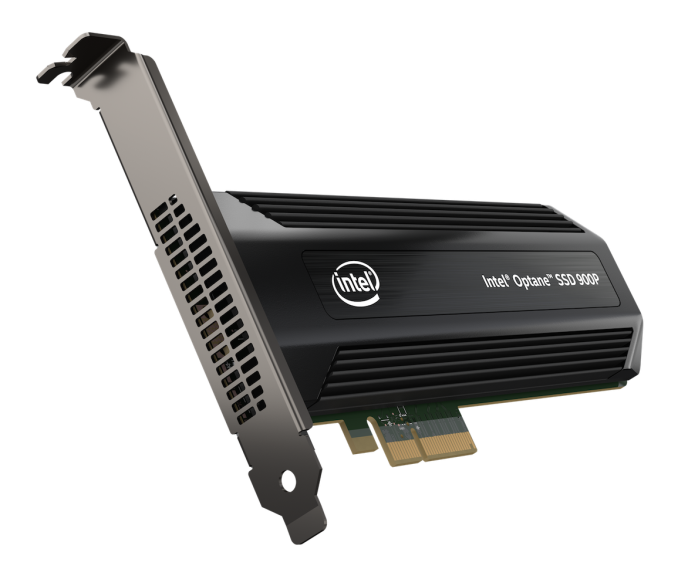I have one complaint with this review, and it's actually a complaint of mine regarding every single HDD/SSD review I have ever seen on any site, namely they do disk I/O tests that tell us nothing about how this drive will benefit a person in every day use.
I would like to see a test where the OS is installed on each drive and the PTS is run as if a cpu review was being done to see if the faster drive actually has any benefit in day to day tasks. The numbers I read here tell me nothing, run a 3d rendering benchmark, an encoding benchmark, a gaming benchmark, a large file copy from one drive to another, this that people actually use their computers for.
People are going gaga over this drive as if the numbers mean anything to them, to me they mean squat in terms of how they relate to real world experience.
I would like to see a test where the OS is installed on each drive and the PTS is run as if a cpu review was being done to see if the faster drive actually has any benefit in day to day tasks. The numbers I read here tell me nothing, run a 3d rendering benchmark, an encoding benchmark, a gaming benchmark, a large file copy from one drive to another, this that people actually use their computers for.
People are going gaga over this drive as if the numbers mean anything to them, to me they mean squat in terms of how they relate to real world experience.


Comment